One of the biggest drawbacks of the new Macs with Apple Silicon chips is that they use a different architecture. Because of this, we lost the possibility to install Windows, which until recently could run comfortably alongside macOS. Every time you turn on the device, you just have to choose which system to boot. Apple users thus had at their disposal an extremely simple and native method, which they unfortunately lost when switching from Intel processors to Apple Silicon.
It could be interest you
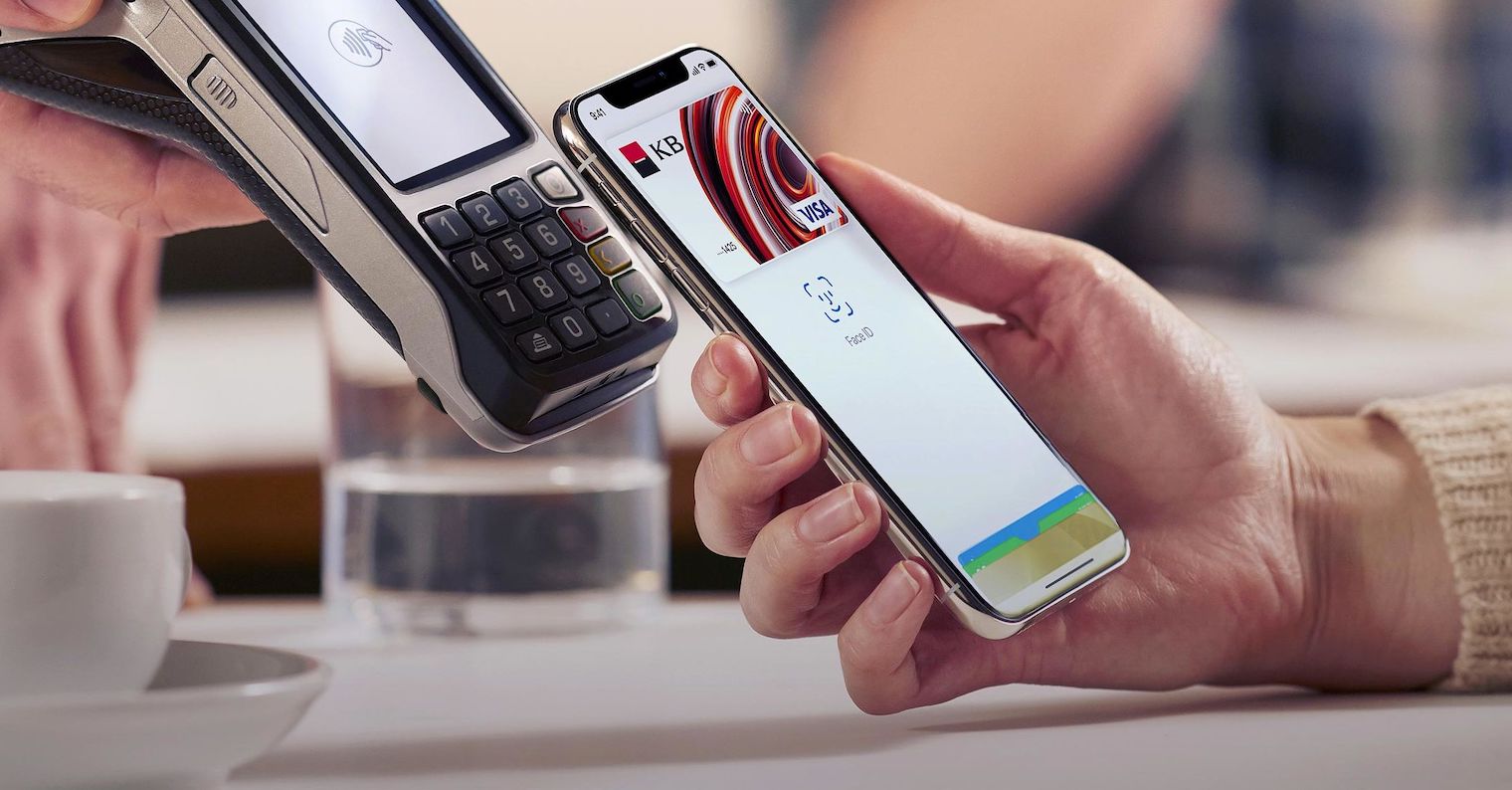
Fortunately, some developers were not idle, and still managed to bring us methods with the help of which we can enjoy Windows on newer Macs. In such a case, we have to rely on the so-called virtualization of a particular operating system. The system therefore does not run independently, as was the case, for example, in Boot Camp, but starts only within macOS, specifically within the virtualization software as a virtual computer.
Windows on Mac with Apple Silicon
The most popular solution to get Windows on Macs with Apple Silicon is the software known as Parallels Desktop. It is a virtualization program that can create the already mentioned virtual computers and thus also run foreign operating systems. But the question is also why would an Apple user be interested in running Windows when the overwhelming majority can get by with macOS. There is no denying the fact that Windows holds the largest market share and is therefore the most widespread operating system in the world, to which, of course, developers also adapt with their applications. Sometimes, therefore, the user may also need a competing OS to run specific applications.

What is more interesting, however, is that even through virtualization, Windows runs almost flawlessly. This was currently tested by YouTube channel Max Tech, who took a new MacBook Air with an M2 chip (2022) for a test and virtualized Windows 18 in it via Parallels 11. He then started benchmark testing through Geekbench 5 and the results surprised almost everyone. In the single-core test, the Air scored 1681 points, while in the multi-core test it scored 7260 points. For comparison, he performed the same benchmark on a Windows laptop Dell XPS Plus, which is even more expensive than the aforementioned MacBook Air. If the test was performed without connecting the laptop to the power supply, the device scored only 1182 points and 5476 points respectively, losing quite a bit to the Apple representative. On the other hand, after connecting the charger, it scored 1548 single-core and 8103 multi-core.
Apple Silicon's main dominance can be perfectly seen from this test. The performance of these chips is practically consistent, regardless of whether the laptop is connected to power. On the other hand, the mentioned Dell XPS Plus is no longer so lucky, as an energy-intensive processor beats in its guts, which will understandably take a lot of stamina anyway. At the same time, it is necessary to take into account that Windows ran natively on the Dell laptop, while in the case of the MacBook Air it was virtualized through third-party software.
Windows support for Apple Silicon
Since the launch of the first Macs with Apple Silicon, there has been speculation about when we will see official Windows support for the respective Apple computers. Unfortunately, we haven't had any real answers since the very beginning, and it's still unclear if this option will ever come. Additionally, it was revealed in the process that Microsoft was supposed to have an exclusivity deal with Qualcomm, according to which the ARM version of Windows (which Macs with Apple Silicon would need) would be available exclusively for computers with a Qualcomm chip.
It could be interest you
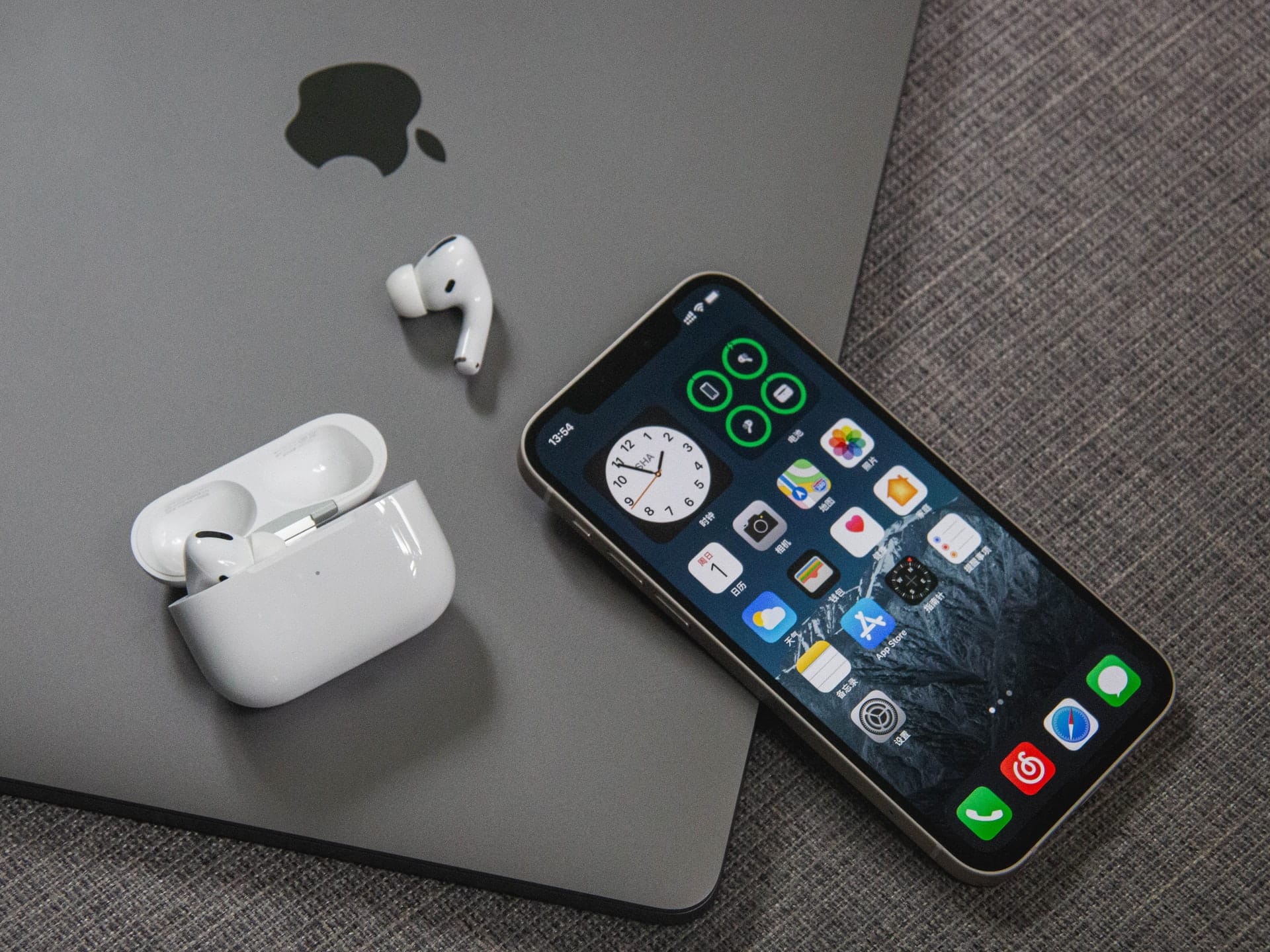
Currently, we have nothing left but to hope for a relatively early arrival, or on the contrary, accept the fact that we will not see native Windows support for Macs with Apple Silicon. Do you believe in the arrival of Windows or do you think it does not play such an important role?
 Adam Kos
Adam Kos 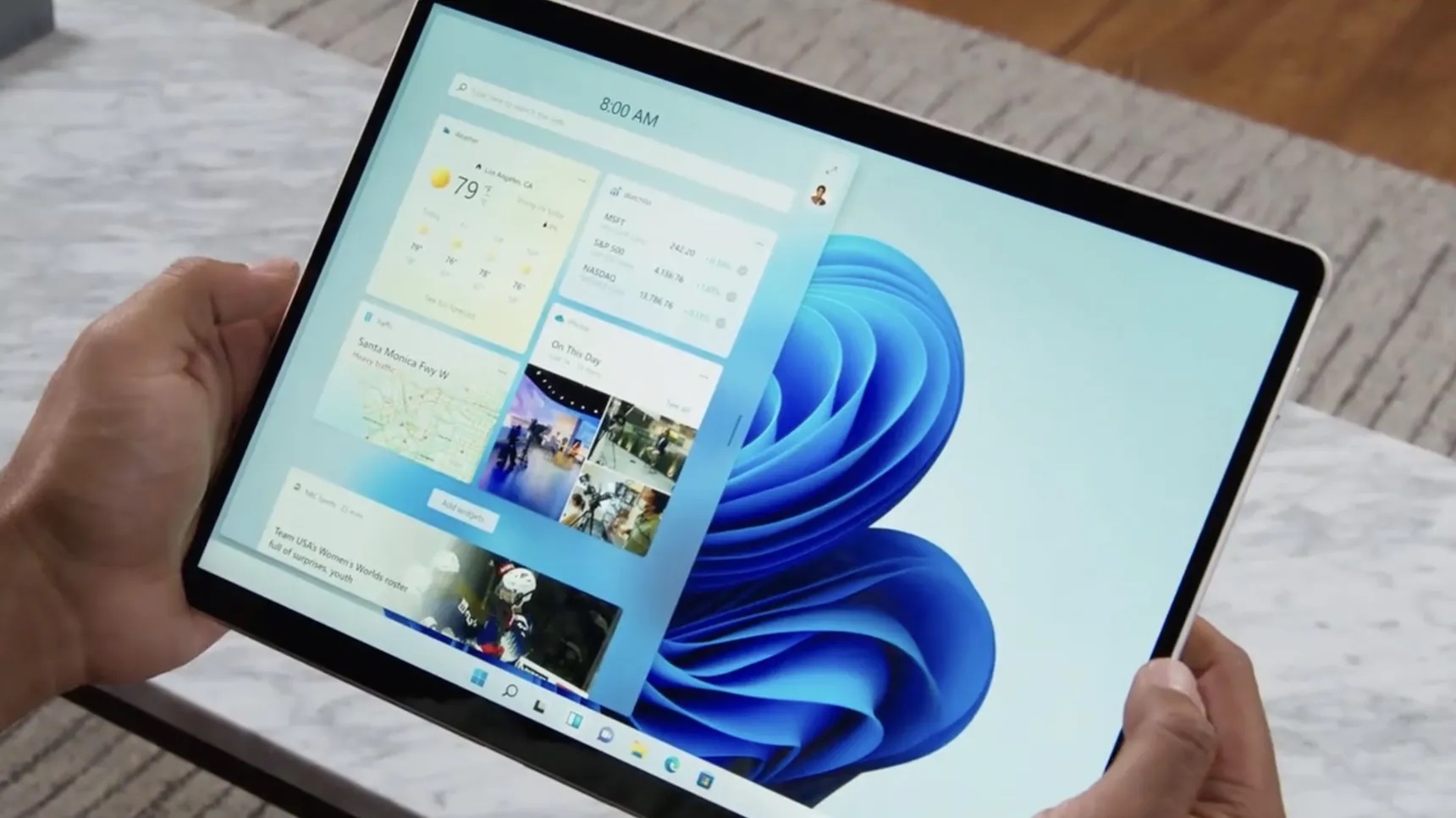
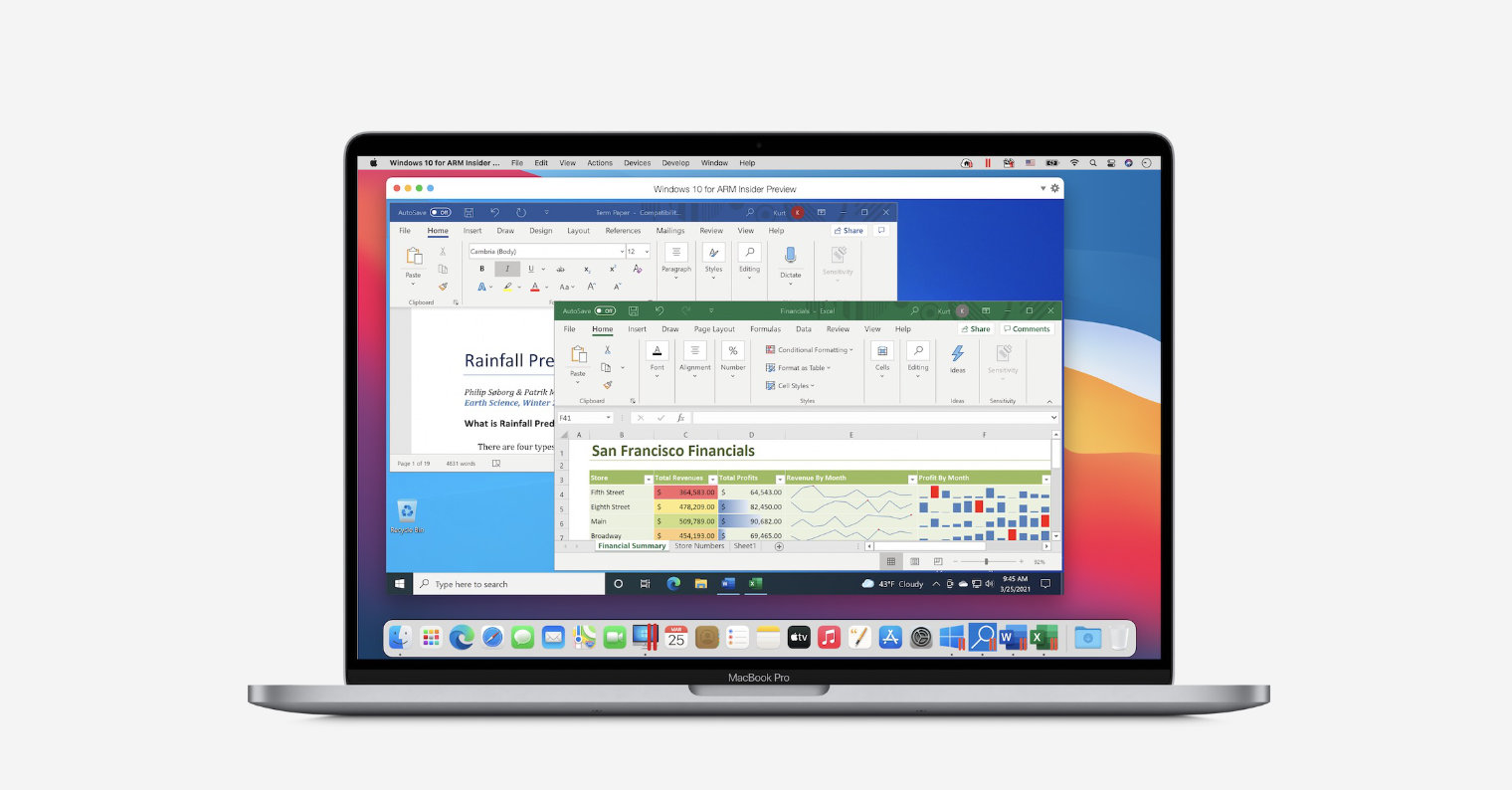
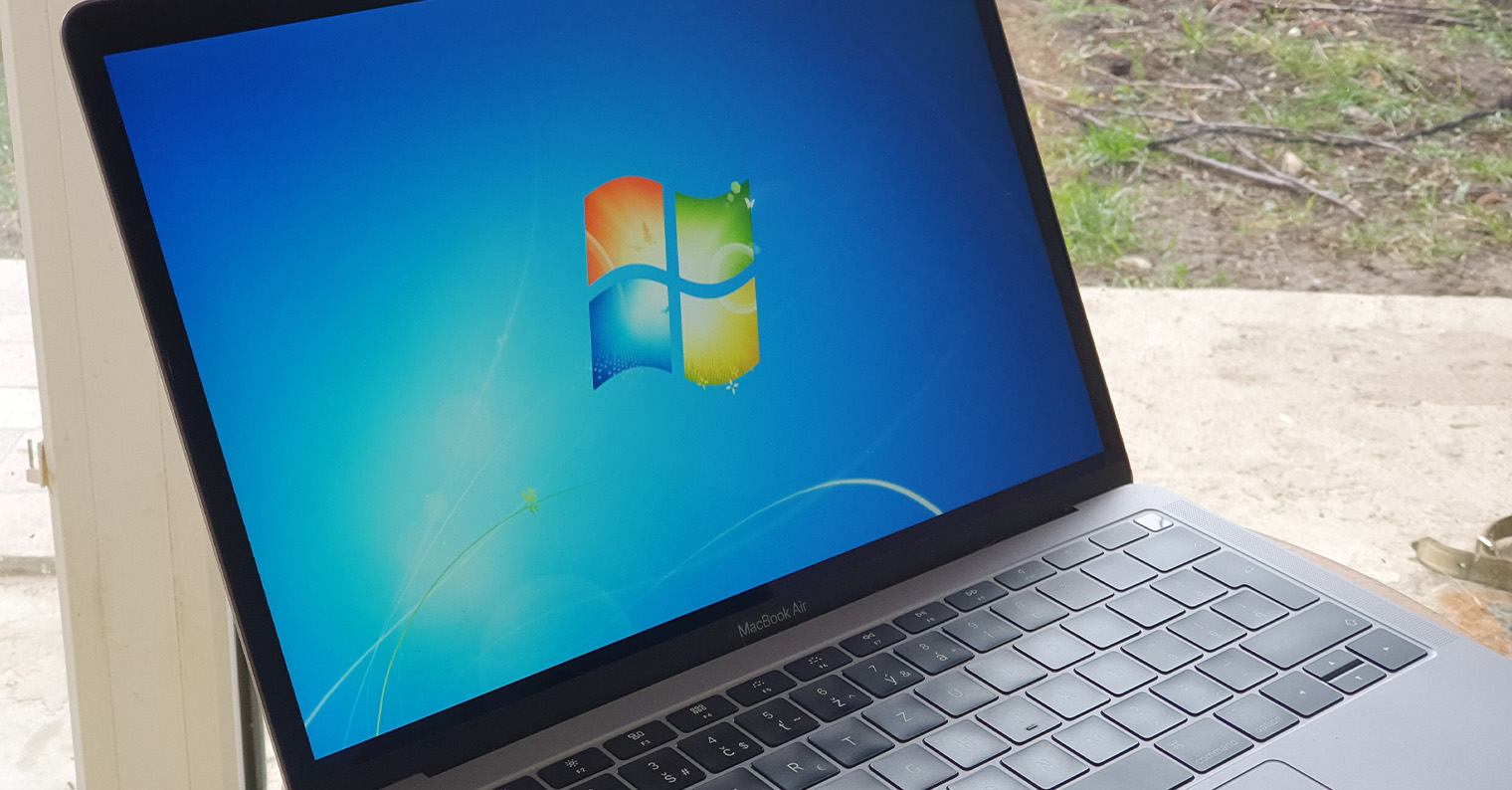
I can confirm that Armo's Widle runs fine in Parallels and even something like Visual studio already runs there. Normally, you can code applications for Windows Form or WPF. Then maybe for ASP. Then he gave nothing, but still a big leap forward.
I've been using Win 5 for about 11 months via Parallels Desktop 17. In Win a domain account, so sometimes it gets angry if I'm not connected to this network (either locally or via VPN). Win won't start. I have to stop, connect via VPN and then start Win. Otherwise it runs without any problems...